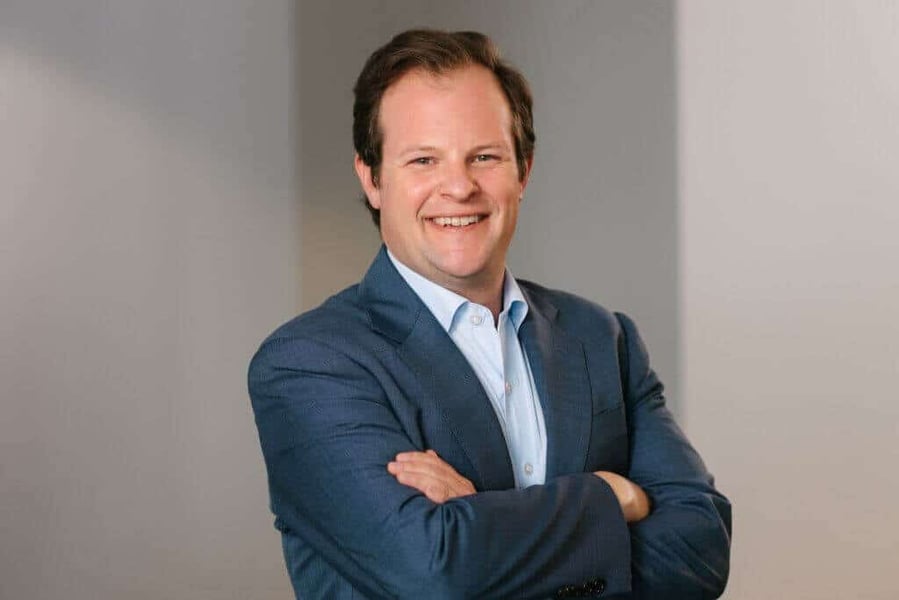

LPL Financial’s $2.7 billion acquisition for Commonwealth is raising questions about the deal’s valuation math, and whether the advisors that make it worth that price will actually stay.
The traditional broker-dealer model sees advisors operate as independent entrepreneurs, using the firm’s platform for custody, clearing, and oversight. In an interview with Investment News, Dynasty Financial Partners’ co-head of investment banking Harris Baltch explains that the broker-deal model produces low margins in which scale and cost synergies become critical to LPL’s $2.7 billion cost for Commonwealth.
“It's a big headline number, but that deal is really in some ways a melting ice cube tray,” was the metaphor Baltch used to suggest diminishing value. “If you look at the financials of LPL or Commonwealth … these types of businesses are very low margin in terms of their profitability,” he said. “Positioning the deal as a multiple that is below the level you trade, regardless of the financing mix you're going to utilize to take down the deal, was really important in that trade.”
LPL’s investor presentation says the $2.7 billion purchase price is based on a multiple of eight times run-rate EBITDA — a figure Harris noted includes “a couple hundred million dollars of synergies, which may or may not be realized.”
“I think the bankers were incredibly prescriptive in how they designed the press release and the investor day presentation, because LPL itself just trades at forward EBITDA in high single digits,” Baltch said. “So you run the risk of creating a commentary to the public market that if your multiple you did the deal is higher than the multiple in which you actually trade, then it's going to be presented as dilutive. And therefore you run the risk of analysts asking more questions than management actually cares to answer.”
LPL has said it is targeting to onboard 90% of the $2,900 advisors from Commonwealth, who collectively manage $285 billion in assets. Firms such as Raymond James, Kestra and Cetera are pursuing Commonwealth’s advisors, with Baltch expecting an “inevitable” crowd of Commonwealth advisors to ditch LPL. He referenced similar large-scale advisor exits during First Republic’s sale to JPMorgan and Silicon Valley Bank’s move to First Citizens.
“LPL is coming out with retention packages to incent the advisor base of Commonwealth to stay, but it wouldn't surprise me if some of the more sophisticated advisors start to re-evaluate their alternatives as a result of a deal like this,” said Baltch. “Because there are limiting incentives, they may not like the full infrastructure, they may want more choice. And so it wouldn't surprise me if you see a lot of money in motion—whether it's firms that stand up their own RIA or move elsewhere as a result of a big deal like this, it's almost inevitable.”

By listening for what truly matters and where clients want to make a difference, advisors can avoid politics and help build more personal strategies.

JPMorgan and RBC have also welcomed ex-UBS advisors in Texas, while Steward Partners and SpirePoint make new additions in the Sun Belt.

Counsel representing Lisa Cook argued the president's pattern of publicly blasting the Fed calls the foundation for her firing into question.

The two firms violated the Advisers Act and Reg BI by making misleading statements and failing to disclose conflicts to retail and retirement plan investors, according to the regulator.

Elsewhere, two breakaway teams from Morgan Stanley and Merrill unite to form a $2 billion RIA, while a Texas-based independent merges with a Bay Area advisory practice.
Orion's Tom Wilson on delivering coordinated, high-touch service in a world where returns alone no longer set you apart.
Barely a decade old, registered index-linked annuities have quickly surged in popularity, thanks to their unique blend of protection and growth potential—an appealing option for investors looking to chart a steadier course through today's choppy market waters, says Myles Lambert, Brighthouse Financial.
